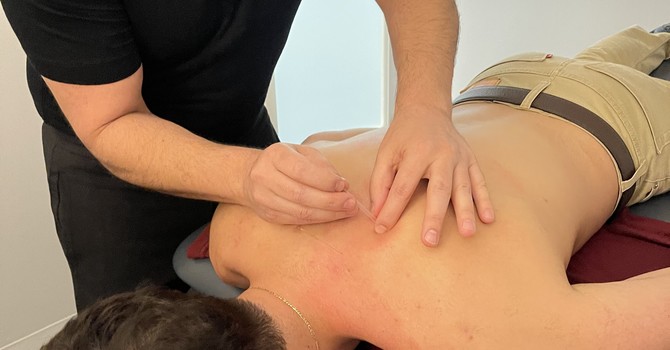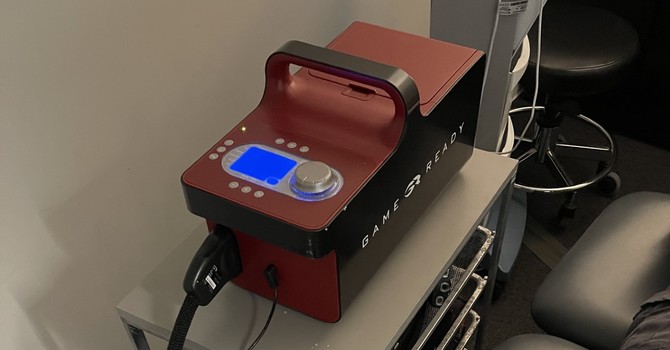The ulnar collateral ligament (UCL) is a crucial structure located on the inside of the elbow, providing stability to the joint. It attaches on one side to the humerus (the bone of the upper arm) and on the other side to the ulna (one of the forearm bones). Ligaments are strong bands of tissue that connect bones and help control joint movement. In the case of the UCL, it acts as a tether, ensuring that the elbow joint moves correctly and remains stable.
However, when the UCL is torn or damaged, this tether becomes ineffective, leading to excessive movement between the bones. This instability can result in significant pain, a feeling of looseness or instability in the elbow, and can severely impact your ability to work or engage in sports. For athletes, especially those involved in throwing sports like baseball, a torn UCL often necessitates surgical intervention—Ulnar Collateral Ligament Surgery—commonly known as Tommy John surgery.
Diagnosing a UCL Tear
Diagnosing a UCL tear typically begins with a physical examination by a healthcare professional. One of the primary methods used is the valgus stress test, which assesses the stability of the elbow joint by applying pressure to the outside of the elbow. If the joint exhibits abnormal movement or if pain is elicited, it may indicate a UCL tear.
In addition to a physical exam, imaging techniques are crucial for a definitive diagnosis. An MRI scan can provide detailed images of the soft tissues, including the UCL, and is highly effective in detecting tears or other damage. An X-ray may also be used, particularly to rule out other potential causes of elbow pain, such as fractures or bone spurs.
Symptoms of a UCL Tear
Recognizing the symptoms of a UCL tear is essential for early diagnosis and treatment. Common symptoms include:
- Pain on the inside of the elbow: This pain often occurs after a period of heavy throwing or other overhead activities, which puts significant stress on the UCL.
- Pain during arm acceleration: Athletes may experience discomfort when accelerating forward just before releasing a ball. This is a critical sign, especially for pitchers and other throwing athletes.
- Tingling or numbness: These sensations may occur in the pinky and ring fingers, indicating potential nerve involvement due to the instability of the elbow joint.
- A sudden pop or sharp pain: This may be felt along the inside of the elbow, often followed by an inability to continue throwing or performing similar activities. This is a classic sign of an acute UCL tear.
What to Do If You Suspect a UCL Tear?
If you experience any of the symptoms associated with a UCL tear, it’s vital to seek professional medical advice promptly. Delaying treatment can lead to further damage and prolonged recovery times.
Treatment Options and Ulnar Collateral Ligament Surgery
For those diagnosed with a UCL tear, treatment options vary depending on the severity of the injury. Non-surgical treatments might be sufficient for minor tears or partial injuries, particularly in non-athletes or those not involved in high-demand throwing sports. These treatments include:
- Cryo-Compression: This technique combines cold therapy with compression to reduce pain and swelling in the affected area.
- Passive Range of Motion Exercises: These exercises help maintain joint mobility without putting additional stress on the UCL.
- Manual Therapy or Soft Tissue Therapy: Techniques that reduce muscle tension and improve joint function.
- Therapeutic Exercises: Targeted exercises to strengthen the muscles around the elbow and restore stability.
- Laser and Ultrasound Therapy: These modalities can help accelerate the healing process and reduce inflammation.
However, in cases of complete tears or significant instability, especially in athletes, Ulnar Collateral Ligament Surgery may be recommended. This surgical procedure typically involves reconstructing the torn ligament using a tendon graft from another part of the patient’s body or from a donor. The goal of the surgery is to restore stability to the elbow, allowing the individual to return to their previous level of activity, whether in sports or daily life.
Conclusion
Understanding the ulnar collateral ligament and recognizing the signs of a potential tear are critical for timely and effective treatment. Whether through non-surgical methods or Ulnar Collateral Ligament Surgery, addressing a UCL injury promptly can help prevent further damage and support a full recovery.
If you’re experiencing symptoms of a UCL tear or have been diagnosed with this condition, contact our physical therapy clinic for a comprehensive evaluation and personalized treatment plan. Our expert team is here to help you every step of the way, from initial assessment to post-surgical rehabilitation, ensuring you get back to doing what you love as quickly and safely as possible.



